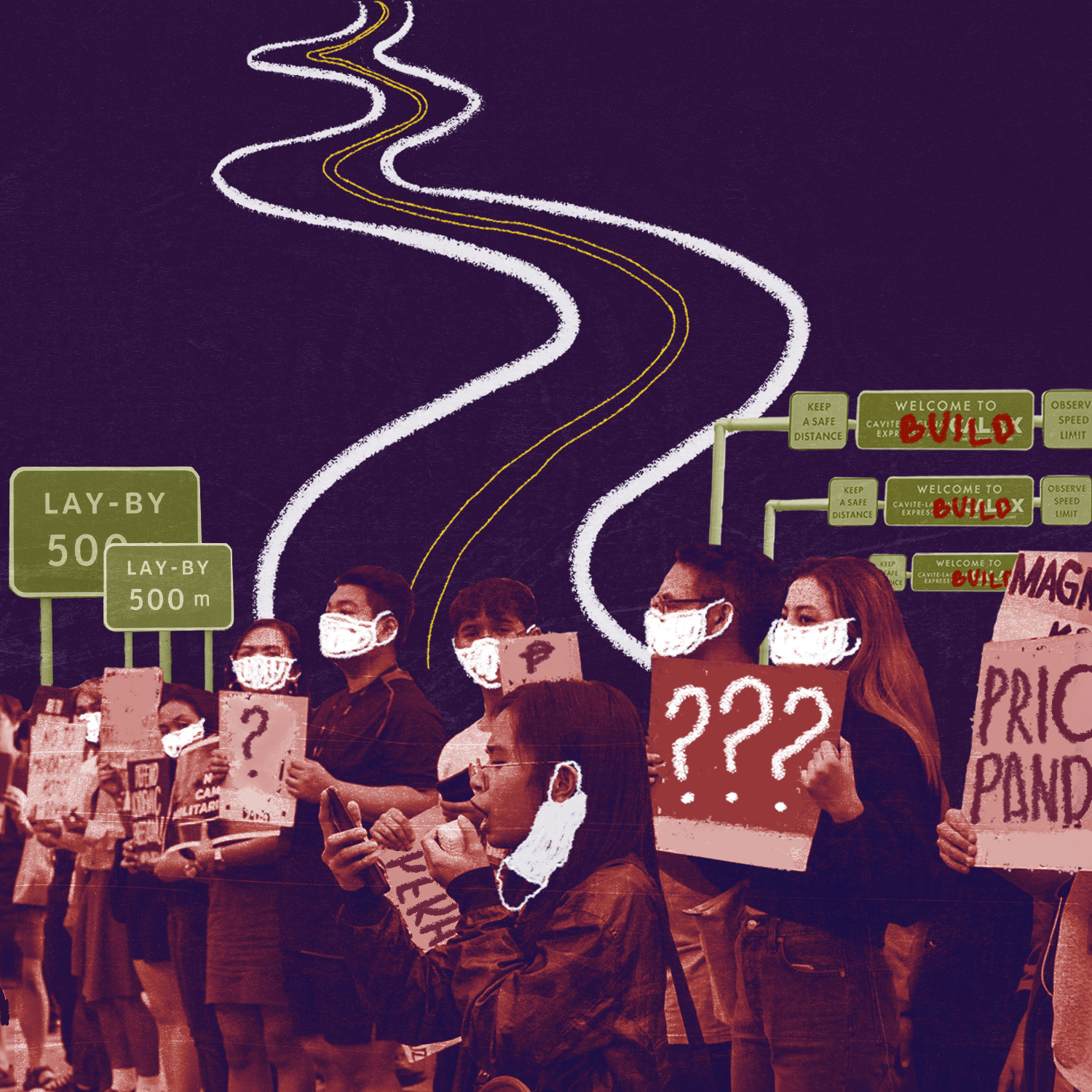The Duterte administration has built its foundation on the ambition of many and the action of a few. One of the plans endorsed by the government is the “Build, Build, Build” program (BBB), which seeks to erect a variety of infrastructures across the country. In turn, it evokes the look of productivity and ushers in the “golden age of infrastructure” in the Philippines.
But while these numerous infrastructural endeavors could potentially be advantageous to the country, they have also been met with their fair share of friction. The BBB entails many promises in terms of the physical foundation on which our country is built upon; now, it begs the question of whether or not it will deliver.

Paving the road
The BBB boasts thousands of undertakings nationwide. “The Duterte administration delivered,” Vince Dizon, presidential adviser for Flagship Programs and Projects, proclaimed last June. According to the state-owned Philippine News Agency, 658 airport and seaport projects, 26,494 kilometers of roads, and 5,555 bridges have been completed and that several more initiatives are ongoing.
But these figures may be misleading. They might not all refer to newly constructed structures, and included among them may be mere maintenance, rehabilitation, upgrading, expansion works, and the like, as Rappler has repeatedly found on Duterte Legacy posters. JC Punongbayan, economist and Rappler columnist, clarifies, “Only a few of its promised infrastructure projects have come to fruition, and in many instances they merely slapped the name of Build, Build, Build on projects initiated by previous administrations.”
But by the time the BBB program ends when President Rodrigo Duterte steps down, only about one-third of its major initiatives will have been completed, assuming the administration is able to abide by its own projected timeline. The BBB’s target pace has been snagging on financing and feasibility issues, and its list of infrastructure flagship projects (IFPs) has had to be repeatedly revised as a result.
Delusive growth
As much as the Duterte administration frames BBB as the road to an economic rebound amid pandemic regression, the numbers suggest that the government may have overestimated the program’s effectiveness as a fiscal policy tool.
Despite the economic services sector garnering over 29.4 percent of the P4.506-trillion budget for this fiscal year, Punongbayan assesses that the government’s economic managers are “hopelessly wedded” to the idea of being prudent with finances and maintaining credit ratings through depending on external aid rather than increasing the national debt.
“Problem is, they’re (the government) precisely not spending on the right things: prioritizing infrastructure, of all things, in the 2021 budget,” he comments.
Theoretically, BBB should have done a splendid job by now, considering that the flagship program started in 2017—but the figures in a Rappler analysis on BBB, co-written by Punongbayan, display the underwhelming performance of the construction sector throughout Duterte’s term.
Based on the media outlet’s breakdown, government infrastructure projects had inconsistent growth contributions compared to percentages from corporations, non-government organizations, and households from 2017 to 2019. “Moreover, official data from 2019 reveals that the government was not able to contribute to the construction sector at all, with its growth reduced by two percent in the first quarter and 12 percent in the second.” It is also unconvincing that the infrastructure initiative caused the recent 11.8-percent rise of the country’s gross domestic product (GDP), contrary to government officials’ narratives. The increase was a year-on-year comparison to the 9.5-percent GDP contraction in the second quarter of 2020, which was recorded as the worst economic decline for the country. Economic analysts concur that it was a base effect or “the tendency of a small absolute change from a low initial amount to be translated into a significant percentage change.’’
Compared to the previous quarter instead, the GDP actually fell by 1.3 percent due to “misguided policies” and restrictions imposed over NCR Plus in April when COVID-19 cases surged. Punongbayan remarks that the implementation of lockdowns, “aside from killing the economy needlessly, [is] a poor substitute for a strategic, prompt, and smart pandemic response.”
With only a few months left before the administration is handed over to another set of authorities, there does not seem to be much room for the endeavor to reach its full potential. Ultimately, with the presented data belying the actual aim and goal of “Build, Build, Build,” the program was unable to meet its expectations. While its intentions for economic development are appreciated, lapses in their implementation and results that did not quite meet the hypothetical bar show that the expenditure used could have been allocated for more pressing matters, such as a more appropriate government response to the pandemic.
With reports from Helen Saudi, Andy Jaluague, and Joaquim Antonio Arquelada

Leave a Reply